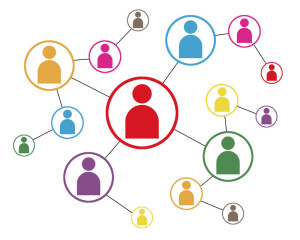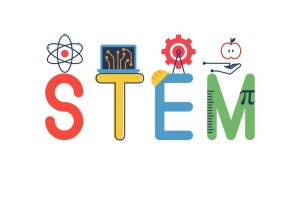It has been a while since I wrote on a technology subject. I usually leave it to others who stay much more current and are doing the day-to-day IT work in healthcare organizations. But the rapid acceleration of generative AI with ChatGPT the past several months has caught my attention.
generative AI with ChatGPT the past several months has caught my attention.
I put my toe in the water and asked it to draft some marketing messages for me several weeks ago. For first drafts, they weren’t too bad. Using ChatGPT in this way gets you past the blank sheet of paper (or screen) and writer’s block. Or as my minister husband would say at times when writing a sermon, you need to get past picking out the font.
My StarBridge Advisors colleague, David Muntz, recently used ChatGPT to do an internal presentation on AI for our advisor team and gave ChatGPT “co-author” credit to make a point.
Bill Russell has talked about it often on This Week Health podcasts. He and his team are exploring ways they can use it in their business. Here are just a few of the podcasts he’s done on ChatGPT:
Generative AI, the new Medical Generalist
Several health system digital leaders told Becker’s that AI can only do so much in this article dated March 16, 2023, “How far is too far for AI in healthcare?”, and how it needs to be thought as of “augmented intelligence”. Ashish Atreja, MD, CIO and chief digital health officer of UC Davis Health said it well, “Machines lack internal consciousness, and the ability to distinguish right from wrong. Roles that depend on human empathy and critical decision-making in ambiguous situations can be supported but should never be replaced by AI.”
David Muntz’s blog post from October, 2022, “AI and AI – Use Them Responsibly”, talks about artificial intelligence and augmented intelligence. His view is similar to the digital leaders quoted in the Becker’s article. David closes his post by saying, “AI and AI should not be seen as ways to replace humans but as technologies that allow us to instantiate learnings from the human experience. AI applied responsibly and compassionately allows people to share evidence-based practices and focus on the more human-oriented tasks that cannot be automated. Importantly, AI helps us recover time to spend on our community, our providers, our patients, their families, and ourselves.”
The potential for medical AI is so significant that there will be a new AI-themed journal from the New England Journal of Medicine called NEJM AI. The inaugural editor-in-chief is Isaac Kohane, founding chair of the Department of Biomedical Informatics at Harvard Medical School. Continue reading









